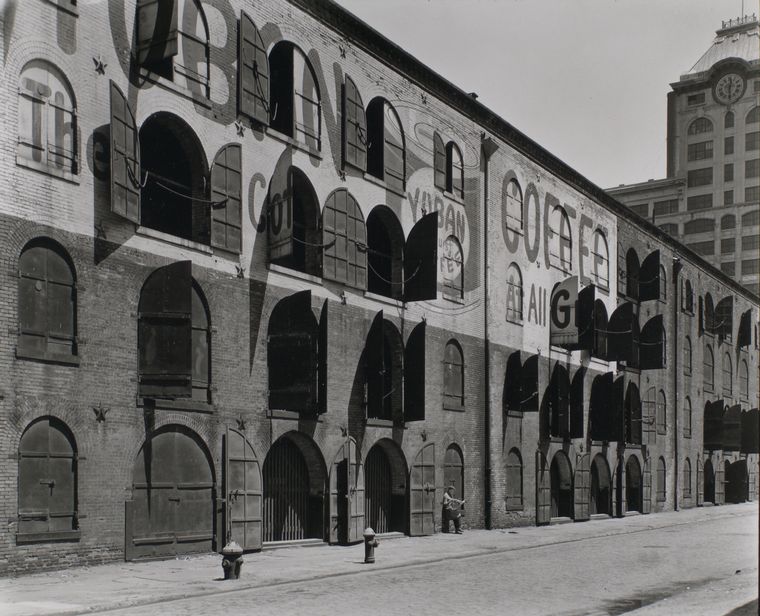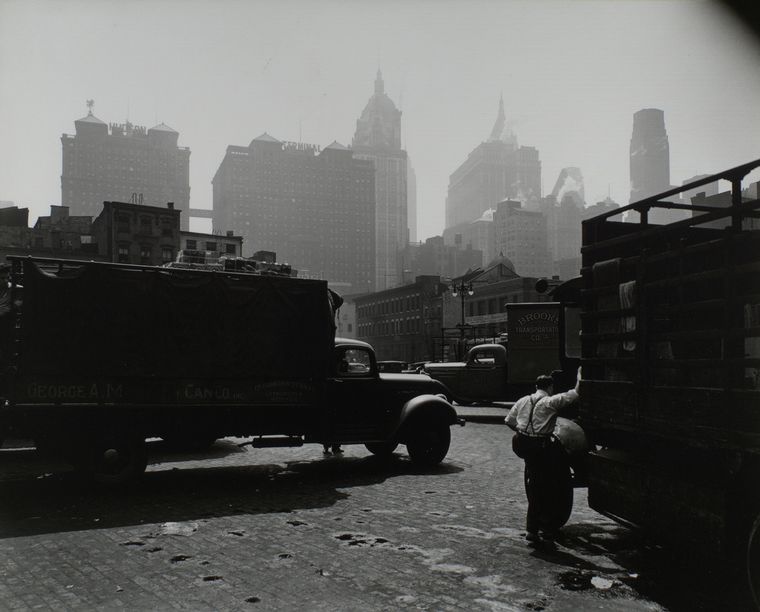Berenice Abbott said the whole essence of the photographic art was realism. She rebelled against sentimental pictorialists who imitated the salon art of the Victorian Age and trained herself to take photographs that had technical rather than painterly artistry. She aimed for an image that gave exact documentation to the space which opened to the camera's view in one instant of time. For her, the photographer's job was to choose what the camera saw in that instant. She said, "A photograph is not a painting, a poem, a symphony, a dance. It is not just a pretty picture, not an exercise in contortionist techniques and sheer print quality. It is or should be a significant document, a penetrating statement, which can be described in a very simple term – selectivity." She said "photographers spend too much time in the darkroom, with the result that creative camera work is seriously interfered with. The stale vogue of drowning in technique and ignoring content adds to the pestilence and has become, for many, part of today’s general hysteria."
She also said: "Today the challenge to photographers is great because we are living in a momentous period. History is pushing us to the brink of a realistic age as never before. I believe there is no more creative medium than photography to recreate the living world of our time."*
Despite this emphasis on subject matter, Abbott had a painterly eye. She knew that the greatest photographs were much more than simply interesting documents. She had a genius for capturing scenes of great artistic beauty and knew how to paint with light. As these examples show, she was one of the great artists of light and dark, of intense blacks and whites and of the halftones between.

{May 22, 1936 - Water and Dock Streets, Brooklyn, Yuban Warehouse. Four-story brick warehouse with arched windows and doors, some of which are open, partially hiding the Yuban Coffee advertisement painted on it. Caption: "Located in the part of Brooklyn that is now called DUMBO, the Empire Stores warehouse once housed the Yuban Coffee Company, importers of coffee from South America. The structure was part of a once-bustling waterfront that had already experienced steep declines by the 1930s. Abbott photographed the building as part of her Changing New York series, only a few years before Yuban vacated the premises in 1939. While much has changed in the surrounding area, the Empire Stores warehouse sits very much as it did in the 1930s, despite 70 years of disuse. Today the structure is surrounded by some of Brooklyn’s most important cultural institutions—St. Ann’s Warehouse, Galapagos Art Space, powerHouse books—but as of yet no one has come up with a plan to repurpose the historic structure. The building is now part of The New York Landmarks Conservancy’s Endangered Buildings Initiative. Source: the
fansinaflashbulb blog}

{May 14, 1936. Facade, 14 West 12th Street, Manhattan. Boys in sailor hats play with toy guns under fanciful wrought iron porch front of clapboard house with shuttered windows; girl sits on railing. Source: The
New York Public Library's photostream on flickr}

{August 12, 1938. City Vista, West Street, looking east, Manhattan. Men and trucks in foreground, Hudson Terminal and other buildings in the haze beyond. Source: The
New York Public Library's photostream on flickr}
-----------
Note:
* These quotes come from "Photography at the Crossroads" (1951) by Berenice Abbott republished in
The Education of a Photographer, Vol 10, edited by Charles Traub, Steven Heller, and Adam B. Bell (Allworth Communications, Inc., 2006)







2 comments:
Some of these remind me of paintings by Edward Hopper.
Yes. The strong light of course, but also building facade with shades pulled halfway and lace curtains below. Like Sunlight on Brownstones -
http://bit.ly/acB8K9
Post a Comment